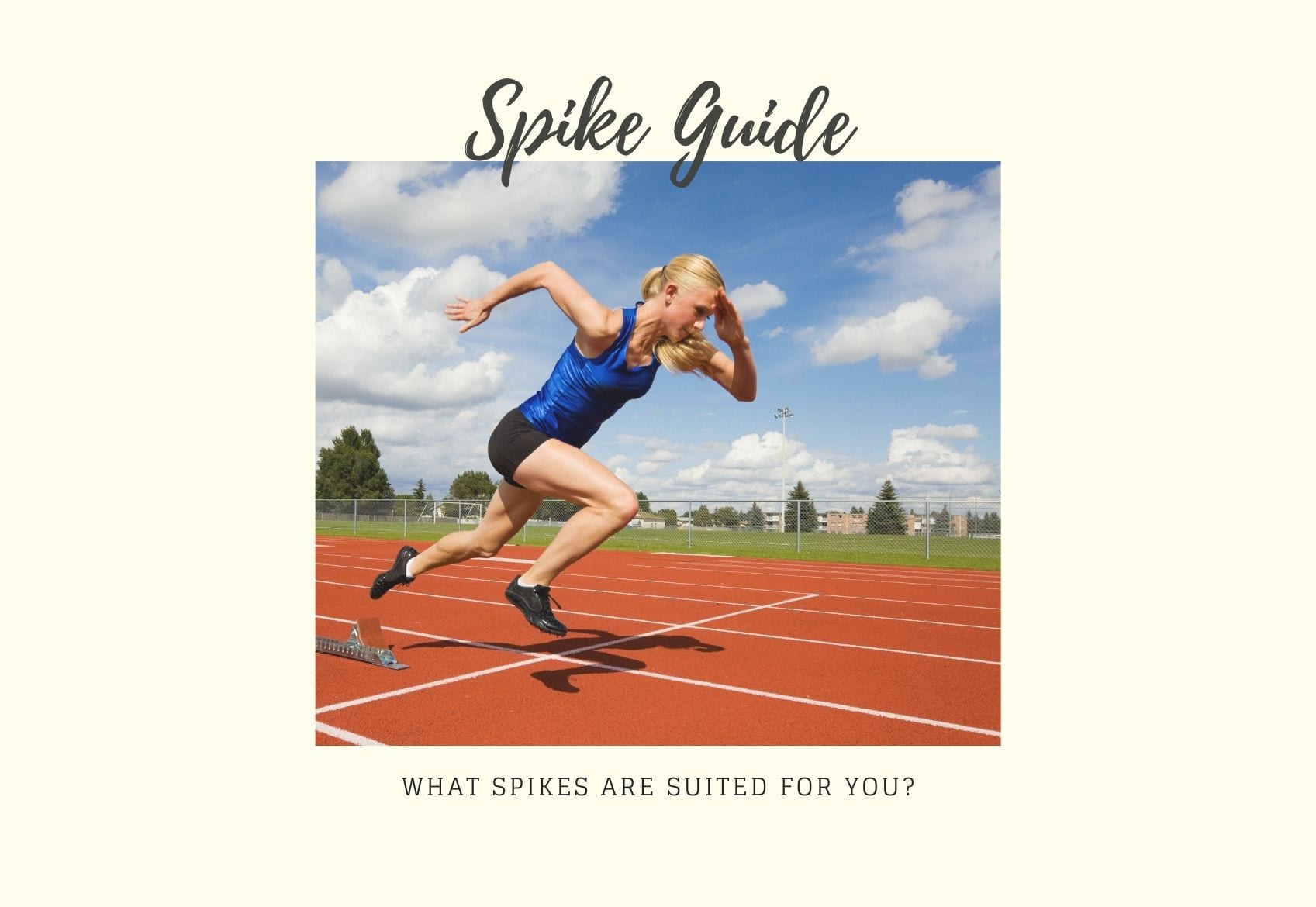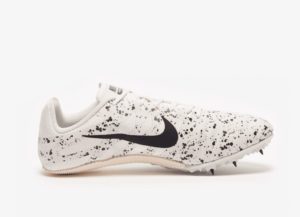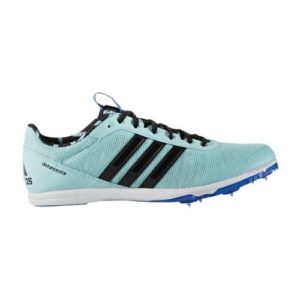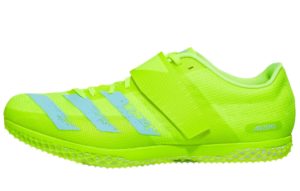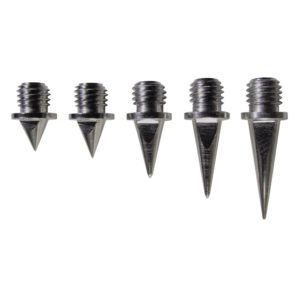ALL THINGS SPIKES
Hitting the track – 100m Sprint or 1500m? A Cross Country race in the diary? At all these events you will see athletes wearing spikes. Yet a 100m Sprinter usually has a hugely different style of Spikes to your typical Cross-Country Runner – and therefore we have created the ultimate guide for choosing the right spikes for you!
So, why do we wear spikes? Ultimately, it is down to traction; by having more grip you can have a faster stride turnover as you are able to transfer more of your energy into your stride. They are also usually much lighter than trainers as they are designed solely for performance.
Quick tech term – the Spikes are the actual shoes, the ‘spikey’ stud that digs into the ground is known as a Pin.
So what are the different types of Spikes?
Sprint Spikes
These are designed to be super light and to keep you on your toes. There are also the maximum amount of ‘pins’ so there is maximum traction for the athlete. There is usually minimal cushioning to keep the weight down.
Middle/Long Distance Spikes
These tend to be much more cushioned, often having a more substantial heel. The cushioning is usually the same type as the Brands’ running shoes, there is just less of it than a normal trainer. The reasoning behind the cushioning is that as a middle/long-distance runner, how your foot strikes tend to be more mid-foot to heel so that impact is significantly reduced. There are less pins, and they are not as on the forefoot as sprint spikes due to the decreased speed and force. They are usually designed to be more durable too, as they must take impact for a much longer period of time.
For all track spikes, the maximum spike length you can have is 6mm.
Cross Country Spikes
These typically have much more cushioning than Track Spikes, as often the terrain you are running on can be a little bit tougher on your feet. They also have a more secure feel, especially around the ankle as mud and uneven terrain can mean normal track spikes can come off. Sometimes on the spike plate, they’ll also have an extra grippy sole, helping you stay upright even in the toughest of conditions.
Cross Country spikes are usually paired with longer spike pins too – somewhere between 9mm-15mm. 9mm tend to suit most Cross Country events, but if you know it’s going to be a boggy one it’s worth considering 12mm or 15mm. Sometimes it helps to walk the course before you start to decide on the best length.
Event Specific Spikes
These are not running related, but there are also event-specific spikes. For example, if you take a look at an Olympic Long Jumper, they’ll have a very different spike to a Javelin thrower.
Choosing the Right Size
Often with Spikes, people prefer a slightly snugger fit than their training shoes as you are only wearing them for a race and when competing you want to feel 100% secure in the shoe. With training shoes, we tend to go for more room around the toes as we are wearing them so regularly. Fit is especially important when it comes to Cross Country as if they are too big, you are at more risk of them slipping off. We would always recommend trying on if you can as brands size differently, but if in doubt give us a call or drop us an email as you know we are happy to help!
Other Top Spike Tips from the Bears
When doing cross country, you can use tape to secure the spike even more by using tape (also prevents your laces from becoming undone!). My spike once divorced itself from my foot mid-race due to mud – never made the same mistake again! Be careful not to tape too tight as you don’t want to cut off circulation.
Always carry spare spikes in case one goes astray or gets damaged.
If you walk around without any spikes in you can seriously damage the pinhole if debris gets in it and if a spike were to fall out mid-race you are at risk of losing traction.
Do not over-screw your spikes as again you can damage the pinhole – it also makes it super hard to undo them when you are trying to change between different lengths.
If it is your first time using a new pair of spikes, allow time to adjust to using them. You need to make sure they fit and are comfortable for race day well in advance as you don’t want blisters/discomfort mid-race. Additionally, Spikes will have a negative heel drop, so you must be cautious if you typically suffer from Achilles’ problems or plantar fasciitis.
The same goes for new trainers, but never put them in the washing machine and tumble dryer as they will shrink! It can be tempting especially with Cross Country Spikes as they get so dirty, but they will be destroyed. I find a quick hosepipe outside when I first get back gets rid of the worst of the mud, and then I can get the rest with warm soapy water.
In terms of socks, often as you are wearing a smaller sized shoe a thin technical sock is best.
Avoid tarmac at all costs as it wears them down and you will have reduced traction. It means you will also have to change the spikes more regularly too.
Conclusion
If like me you are a “jack of all trades and master of none,” it can be tough deciding on the best Spikes if you do not want to buy more than one pair. I used to have middle-distance spikes, and change the spikes depending on the event – if I’m doing Cross Country I put in long spikes and then for Track Events the 6mm. The Middle-Distance Spikes were the best all-rounder for me.

